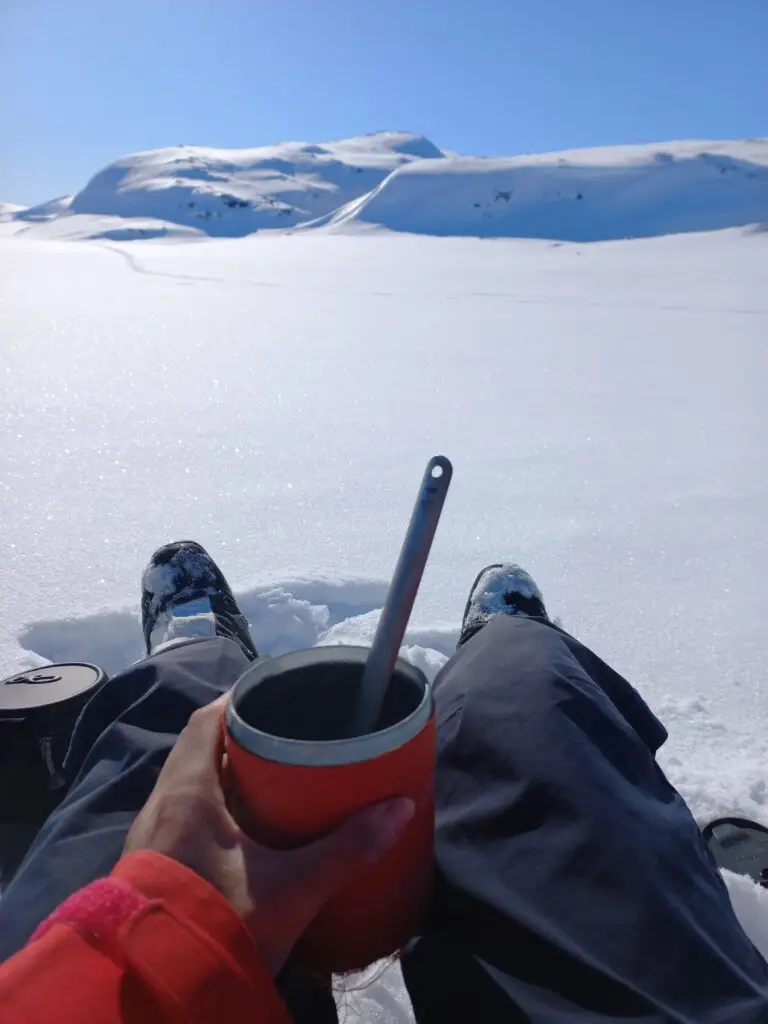From skiing across the Greenland Ice Cap at just 21 years old, to summiting Island Peak in Nepal’s Himalayas, Stephanie Ho has made a career out of defying limits.
Now, she’s gearing up for her biggest expedition yet: becoming the first Australian woman to ski solo from the coast of Antarctica to the South Pole. The 60-day journey will see her haul a 100kg sled through temperatures as low as -50°C, battling winds over 100km/h. No, thanks.
Along the way, she’s collaborating with university researchers around the country to study physiological adaptations in extreme environments.
“There has been very little research done in the past on women in polar regions, and coming from an exercise physiology background, this is definitely of personal interest to me as well,” she tells Missing Perspectives. “This expedition requires such extensive planning and preparation beforehand that I will probably feel like I’m on holiday once I get down there! I am spending a lot of time and energy seeking partnerships with businesses who share my vision to be a trailblazer for women, with a focus on inspiring young women to think outside the box, work hard and to not be afraid to dream big.”
Ho’s love for adventure started early. At 14, she knew “with great certainty” that she wanted to start camping and hiking. “That week, I gathered a group of high school friends and we tackled a 10 kilometre, two-day hike in the bush on the outskirts of Sydney,” she says. “It was the first time I had carried a backpack heavier than 10kg and I struggled a lot, but by the end of the hike I was hooked. That was my first real experience in the outdoors and I knew this was just the start of many bigger adventures.”
Until then, travel for Ho had meant hotels and cruises. “There was never the need to be self-reliant or resourceful like I had to be in the bush. The temperature was always regulated with heating or air conditioners and there were often mechanical means of transport at my fingertips,” she says. “This hike made me think of the endless possibilities: mountains in faraway places, camping in the snow and not seeing another human for weeks on end.”
So what draws her to such extreme physical and mental frontiers? “I often ask myself this question, and it is still something I find difficult to answer. In the simplest of terms, I undertake expeditions in extreme environments because I feel it is a good way to prove something to myself and to feel proud of it, while doing something I enjoy,” she says.
“I’ve never felt like I’ve reached my limit and I want to continue pushing my body and mind to achieve things I previously thought impossible. Oftentimes, the logistical, physical and mental preparation that goes into these adventures is equally as hard or harder than the trip itself. Getting to the finish line of the expedition represents a culmination of all the hard work on the trip and everything that went into it beforehand. The emotions I feel in the moments after achieving my goal are indescribable, and is something I would never trade for anything else in the world.”

For Ho, expeditions are also a way to reconnect with herself. “Most recently, I completed a solo ski crossing of the Hardangervidda, Europe’s largest mountain plateau. Being alone for the six days was very different to previous polar trips and I found that there were a few times I had to dig deep and focus on what my self-talk was like. One of the bigger challenges on that trip came on day two, when I found myself in deep snow, going up a steep hill with my nearly fully-weighted sled at the end of an eight-hour day,” she says.
“I was not making much progress up this hill, with the sled pulling me back every step I took, and light was fading fast. At that moment, I told myself that it’s as simple as one step at a time and that whatever I’m feeling is impermanent. I harnessed what felt like every ounce of energy into putting one ski in front of the other, over and over. Eventually I made it to the top of this hill, and upon setting up camp for the night, I realised that I have more physical and mental strength than I ever acknowledged. I think this becomes evident in desperate and unforgiving environments and is a lesson I have carried through to life back in the ‘normal world’.”
Adventure sports and high-altitude exploration have traditionally been male-dominated, but Ho says she hasn’t experienced overt sexism in her sport. “The polar expedition world, mountaineering and triathlons (the three sports I spend the most energy on) are traditionally biased towards men, but I have found the community of all three so welcoming, open and helpful towards everyone, regardless of gender, race or ability,” she says.
“I guess a big part of it has been making sure I keep the right people around me — I place a lot of weight on surrounding myself with positive people who support and believe in me, and naturally don’t pay much attention to people that say otherwise.”
So, what does she want more young women to know about the world of adventure and endurance?
“I look back to when I was 14, venturing out for one night in the bush, and I remember how crazy that felt. At that age, the stories of people climbing the world’s tallest mountains and skiing to the poles seemed like something only wealthy, post midlife-crisis men did,” she says.
“My dream is for young women to realise that this is all within their grasp too, if that is what they choose to pursue. It takes a lot of hard work, preparation and not being afraid to reach out to people, but it is definitely not an arena reserved for the elite. I consider myself very much an everyday Jill who just has unconventional goals.”
Top photo source: Supplied

